Features of rock oak
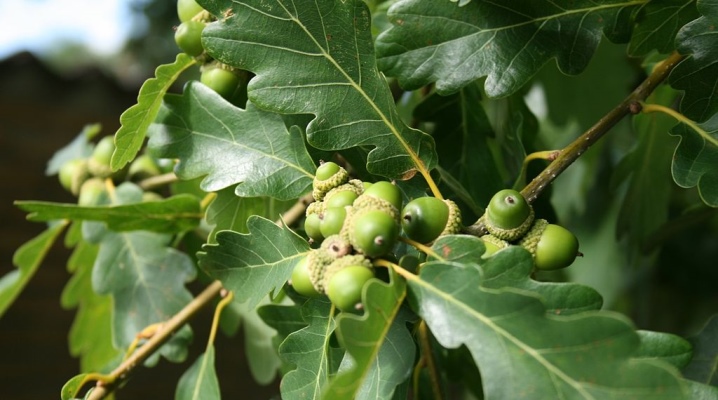
When visiting parks, reserves or forests, many always pay attention to the familiar tree - the oak. Admire its impressive size and longevity. But not everyone knows that this tree also has its own varieties, among which the so-called rock oak can be distinguished. It is considered a somewhat rare plant. This tree, due to its characteristics, has a number of useful properties, and can also become an adornment of almost any park.
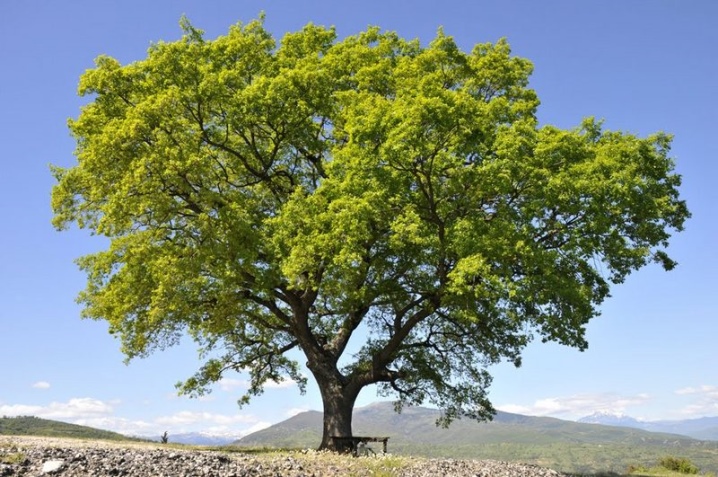
Description of the species
Rock oak (Welsh oak) is a tall plant, reaching a height of up to 30 m. It is always a decoration of any personal plot, since the tree has a powerful impressive trunk and a beautiful lush crown (the length of the leaves is 8-12, the width is from 3.5-7 cm). On the territory of Russia, the name of this oak was fixed - sessile.
Over time, the appearance of the rock oak does not deteriorate: even after 5 centuries, it will still look great.

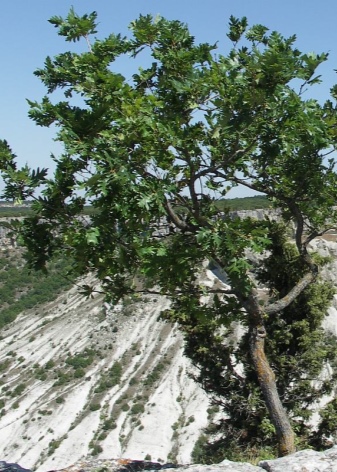
One of the features of this variety of oak is that the leaves dried up in autumn stay on the tree until spring. This is its difference from the pedunculate (ordinary) oak. The rock oak has its own characteristics in autumn color: they are pale in color at the bottom of the tree and bright green at the top. In addition, over time, an adult tree acquires an interesting arrangement of foliage: its lower part is exposed, and from above the crown becomes more luxuriant.
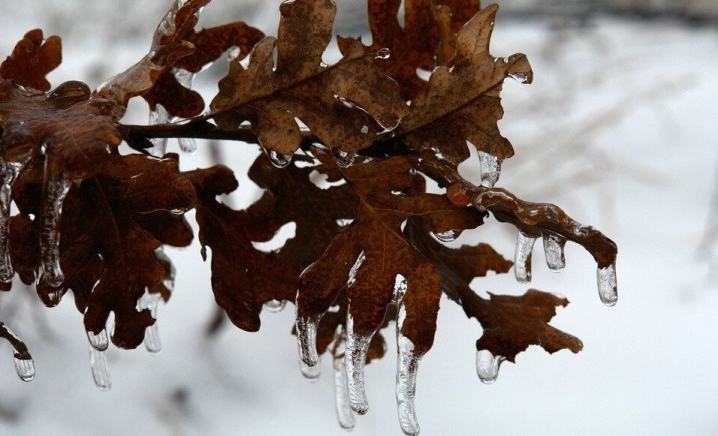
The tree blooms during the month, starting in April or May, depending on the area. As a result, fruits (acorns) appear. As for the fruits, they also have impressive sizes: they vary in length from 1.5 to 2.5 cm. Such proportions of delicacies always attract wild boars, and this prevents the self-propagation of the rock oak. Thus, in some natural areas, the rock oak is protected by foresters.
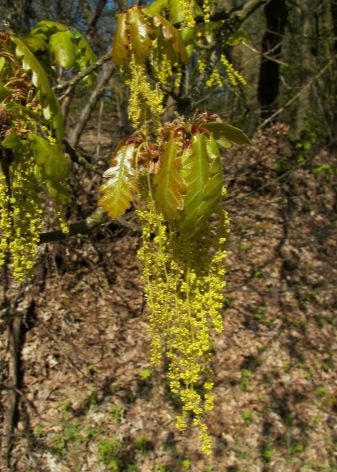
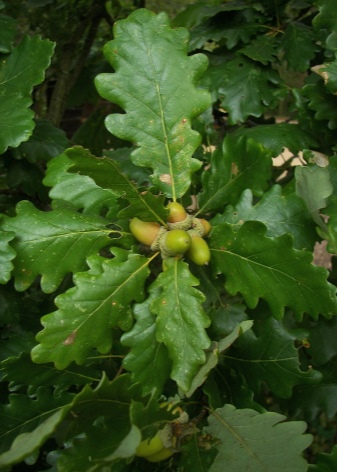
This type of oak belongs to the relict species of the bamboo family. In the UK, cliff oaks are common in both pure oak and mixed forests. And also you can often find this tree in gardens, where it looks majestic among relatively undersized fruit plantations.
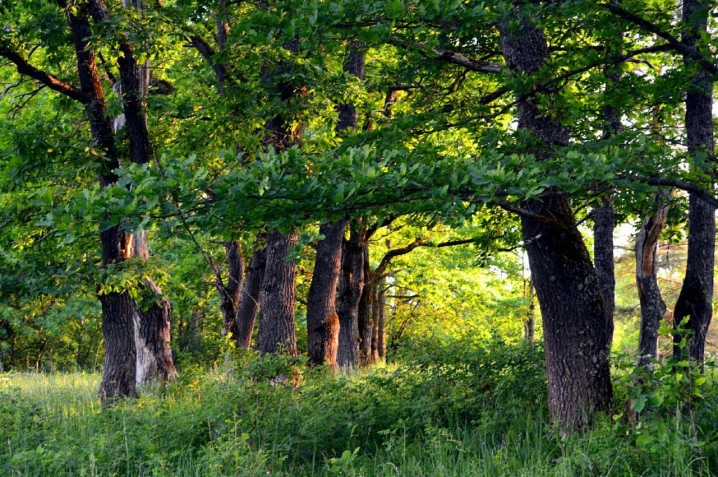
The ideal growing environment for the tree is the mountain slopes at an altitude of about 1500 m above sea level. On the territory of Russia, there are such places in the Crimea, in the North Caucasus. An interesting fact is that the bark of the Caucasian rock oak has a lighter shade than the bark of trees from other regions. There is a rocky oak in the territory of Ukraine (Carpathians, Dnepropetrovsk region).
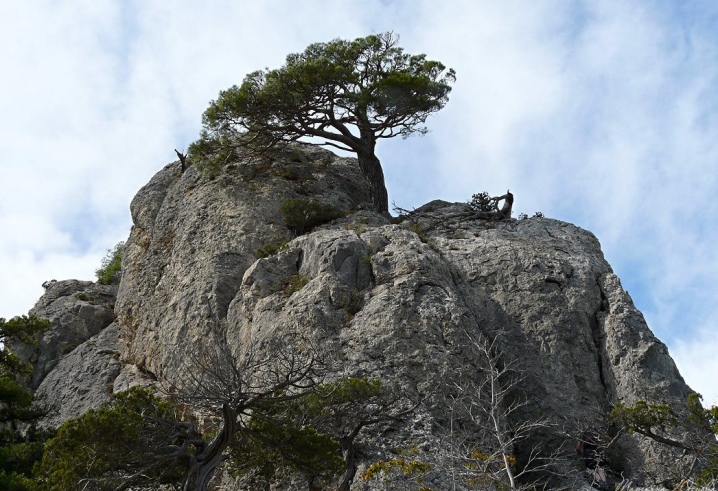
Rock oak, containing in its separate parts various useful acids, triterpenoids and tannins, has a number of medicinal properties. That is why the bark of the tree and its leaves are widely used in folk medicine. A decoction of oak bark is a prophylactic agent for diseases of the oral cavity, effective for poisoning, burns and other skin problems, as well as for diseases of the gastrointestinal tract. In cooking, rock oak is used as a substitute for coffee.

Landing
Mountain oak is considered an unpretentious tree that can grow normally in any area where there is vegetation. But the most favorable environment for it is still dry soil or soil with little moisture. The soil should be nutritious (ideal - black soil) or have at least an average degree of fertility. The plant belongs to light-loving crops.The conditions listed above will help the young seedling quickly grow stronger, gain strength and spread its crown.
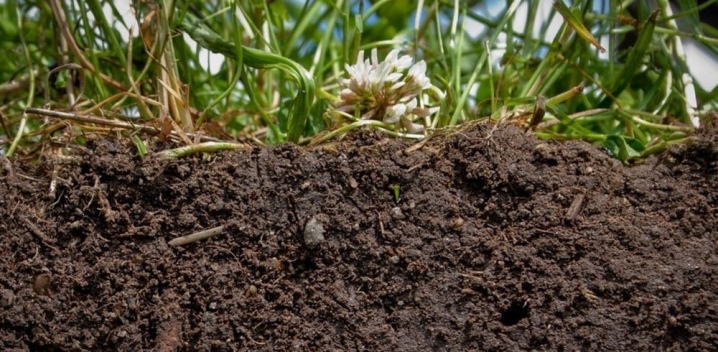
When planning to plant a rock oak on a personal plot, it is necessary to properly approach the choice of a place. It is desirable that there are no other woody plants near the planting at a distance of several meters. This is due to the rather rapidly developing and subsequently powerful root system of the oak. For its correct placement and normal development, you need a lot of free space. The state of the crown depends on the root system. The exception is decorative varieties, which are intended specifically for growing in a small area. The root system of such oaks will feel quite favorable even in a small portable flower bed or a small box.
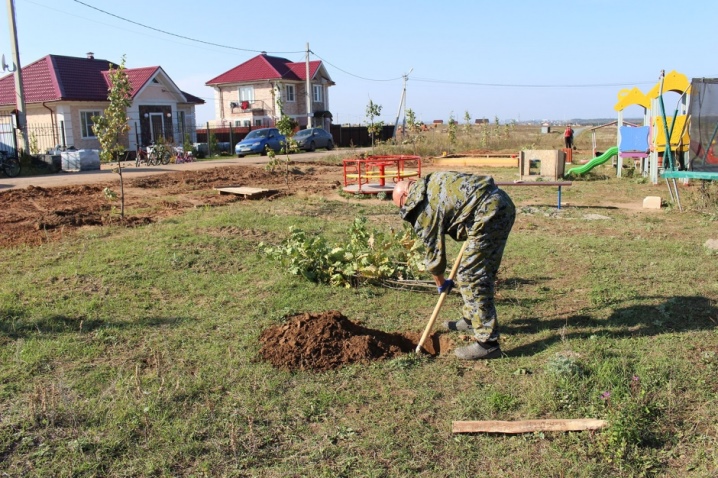
Spring planting is considered the most preferable. It is important that this is before the appearance of the kidneys. If the plant grown from seeds is more than 2 years old, then before planting in open ground, it is necessary to shorten the root to 15 cm in the center of the acorn. Root shortening is not necessary for annual species and trees grown using cuttings. Such oaks are transferred to a new place, provided that the root system is completely preserved. At the same time, to exclude the possibility of its damage, the size of the hole must correspond to the size of the width of the root system.
In the hole on the soil with excessive moisture, it is necessary to arrange a drainage system, since the rock oak prefers dry or semi-dry soil.
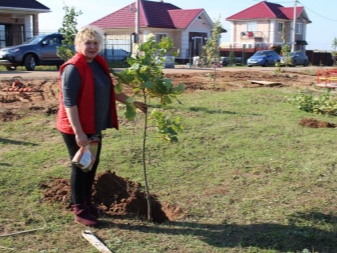

Overview of varieties
And although the rock oak is declared a mountain plant, breeders managed to bring out small decorative varieties of it to decorate their personal plots. Each variety has the original shape of the tree itself and leaves, as well as its own color.
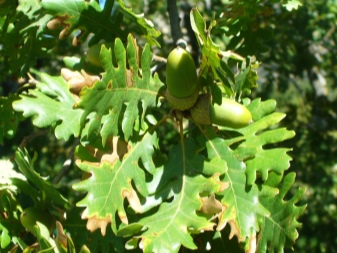
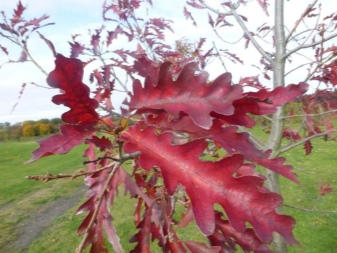
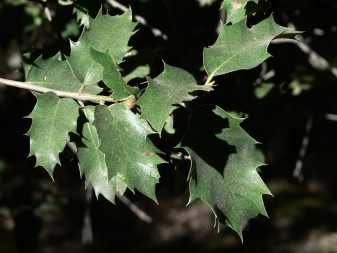
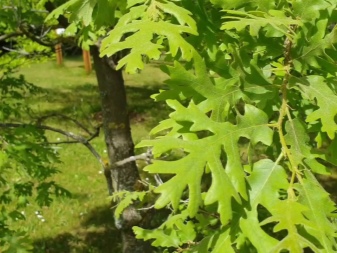
We will describe several of these varieties.
- Pendula. This variety was popularly called "weeping willow", as it is a tree with branches inherent only down to it, reminiscent of a willow.
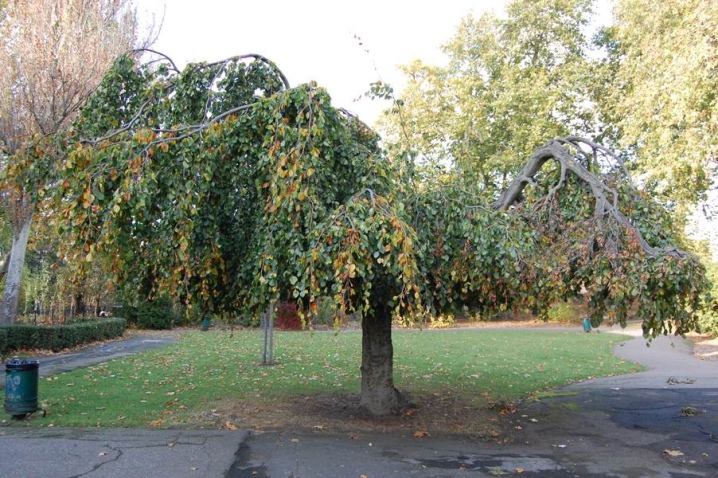
- Variegate. An oak decorated with white patterns on dark leaves.

- Aurea. It is characterized by a bright golden color that turns into a dark green.
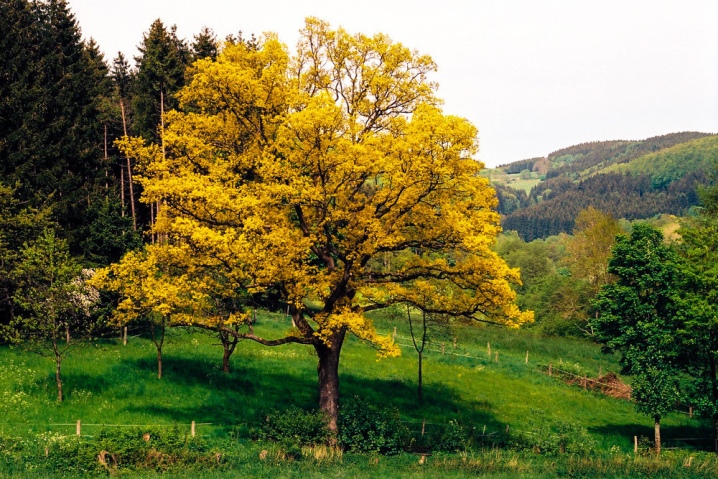
- Purpurea. The variety is similar to the previous one (Aurea), but differs in that its young foliage has a red color, which also then changes to green.


- Laciniata. This form of oak has beautiful carved leaves with deep and narrow blades located not across the leaf, but along its plate.
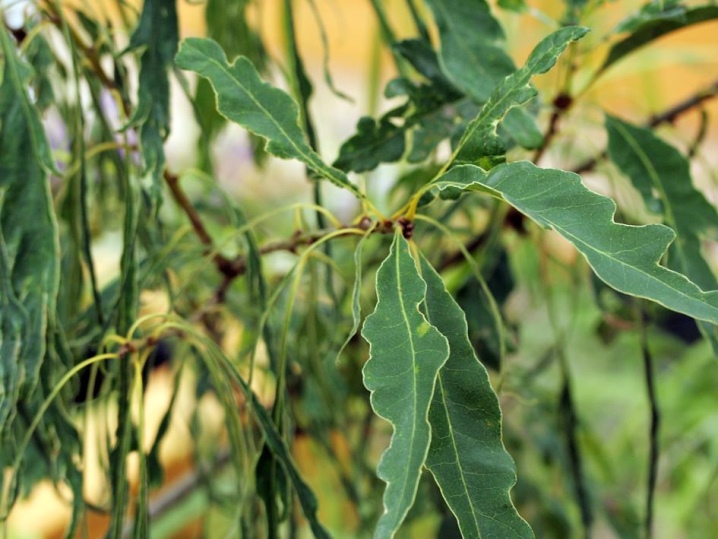
- Oblongifolia. It has oblong leaves, which have only 3 blades on the plate, and even those have a shallow depth.
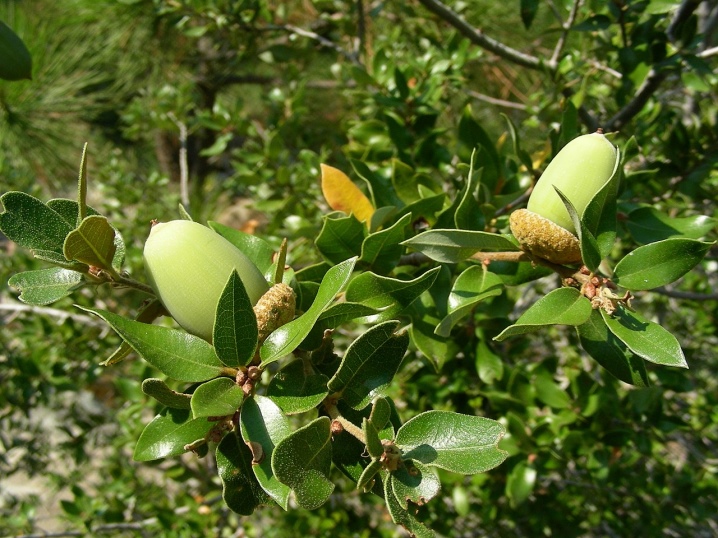
- Mespilifolia. This tree is famous for the fact that both its shape and leaves resemble a loquat (a Japanese shrub, whose leaves are somewhat reminiscent of a bay leaf).
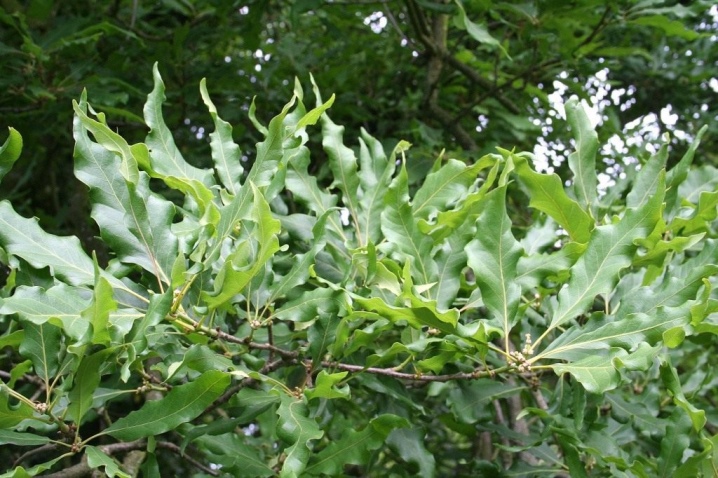
The varieties presented above are decorative, small in size, which implies planting them in small areas.
Care
Only a young tree will require some care. This is primarily infrequent watering, maintaining light soil moisture. A month before the autumn leaf fall, watering should be stopped, even if the tree has not yet matured properly. The reason lies in the fact that the root system during this period must prepare for winter, and for this it needs dry soil.
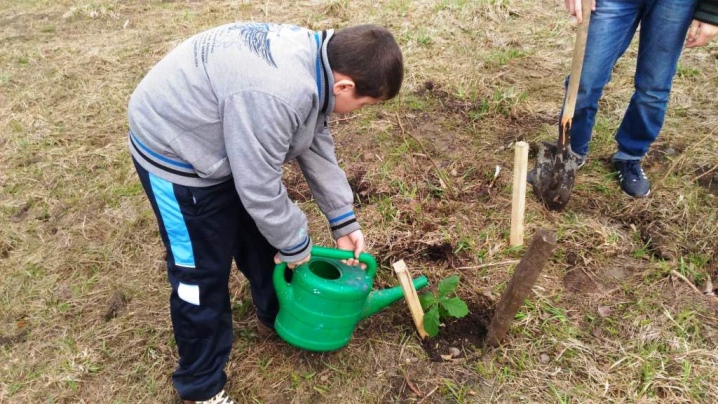
In order for the tree to get stronger by winter, you need to regularly remove weeds, the presence of which negatively affects the root. In addition, it is recommended to carry out complex feeding of the plant at least 1-2 times. A young rock oak, when compared with other varieties of oak, requires some maintenance during the winter. As a rule, this is limited to laying mulch for the winter. An infusion of grass, sawdust or foliage can act as mulch.
After 3-4 years, the above nuances of care are not required. Weeding is purely aesthetic.
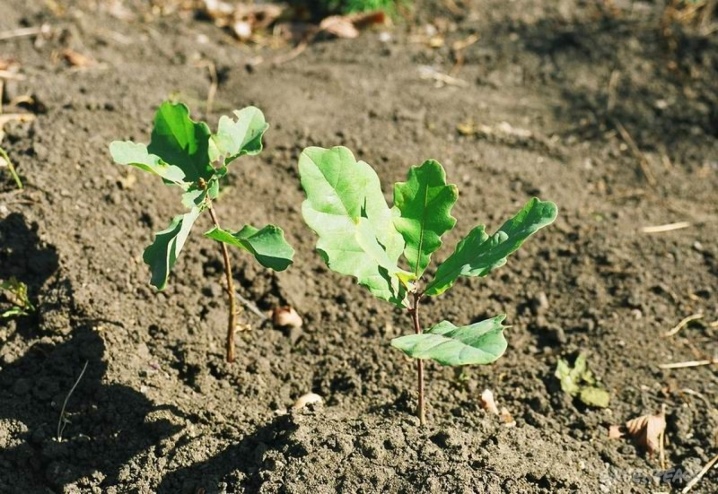
As for pests or any diseases, the tree is vulnerable to the effects of powdery mildew, rot (especially in the absence of drainage on wet soils). And an adult plant is most often exposed to the appearance of gall midges on the leaves - small yellow balls, similar to cones. Wasps, which lay larvae on the leaf, are considered the cause of their formation.

In the fight against powdery mildew, various products sold in specialized stores are effective. Gauls, in fact, are not a disease (they are used even in folk medicine), but they spoil the appearance of the plant to some extent. To prevent their appearance, you need to treat the plant with wasps.
For information on how to plant an acorn oak, see the next video.



































































The comment was sent successfully.